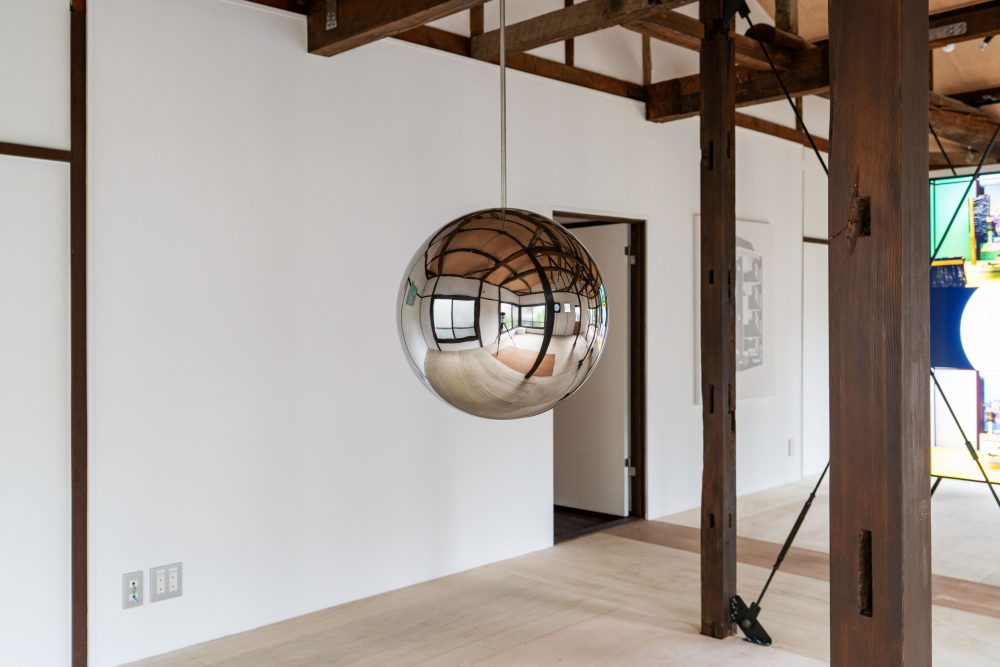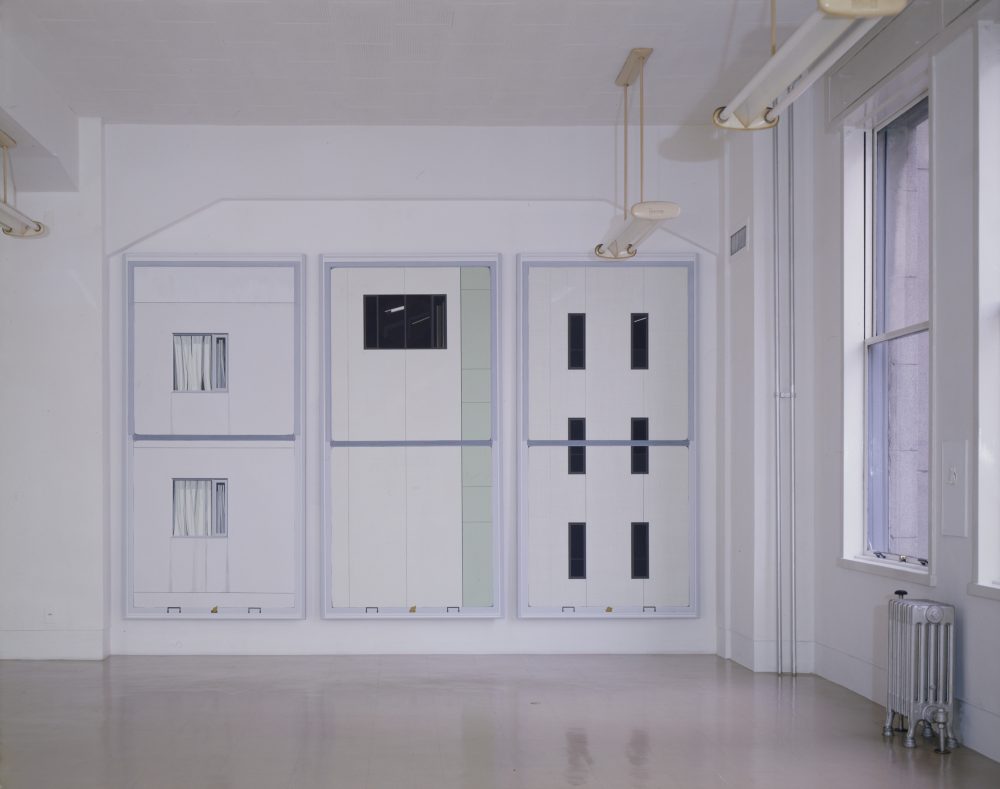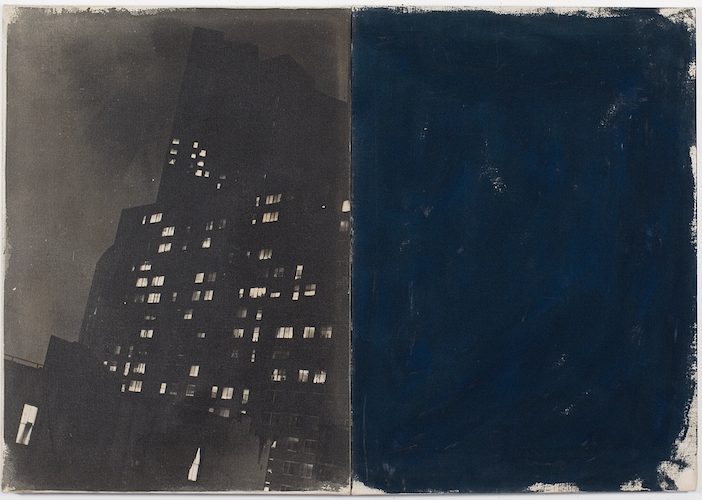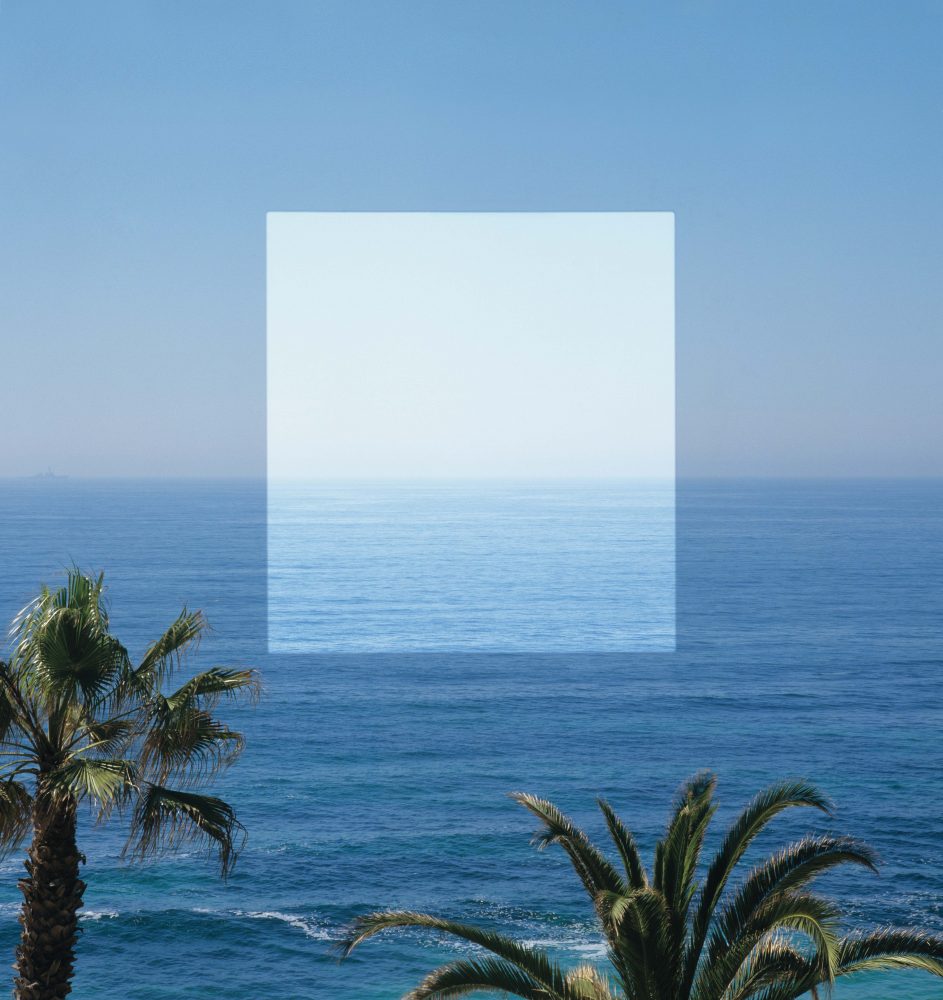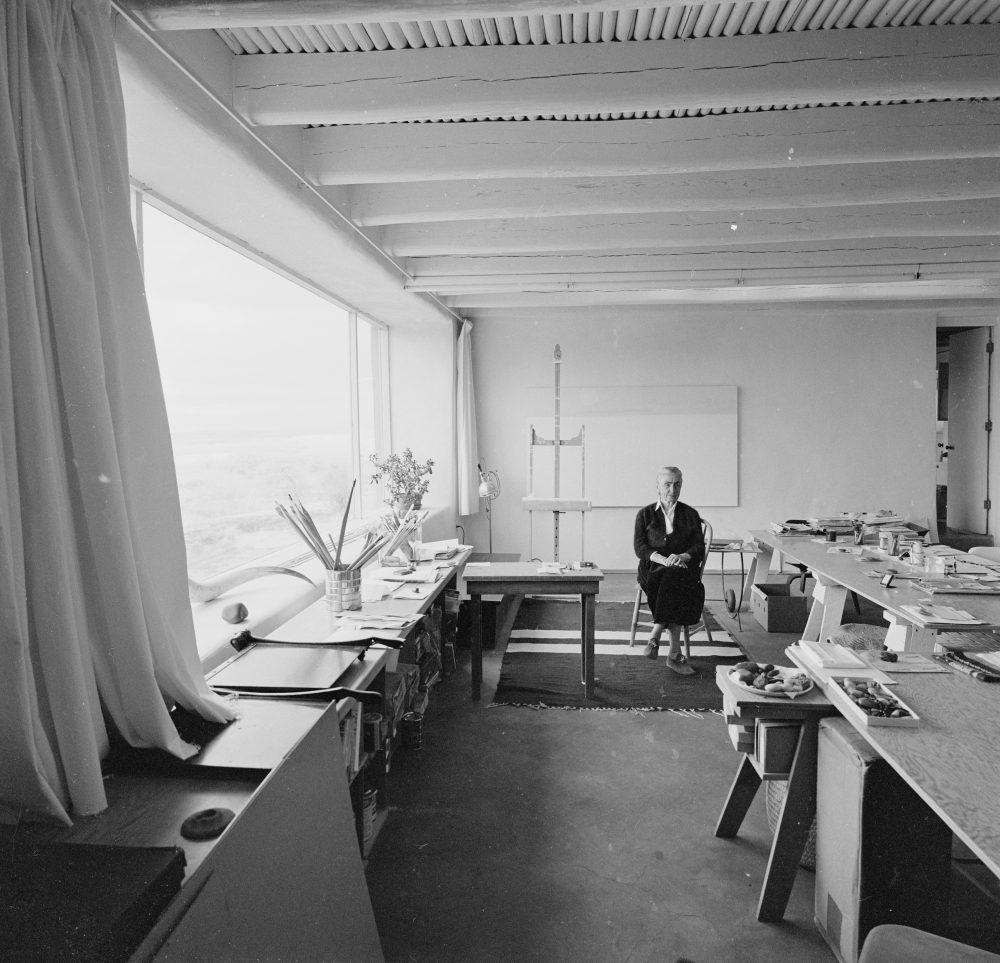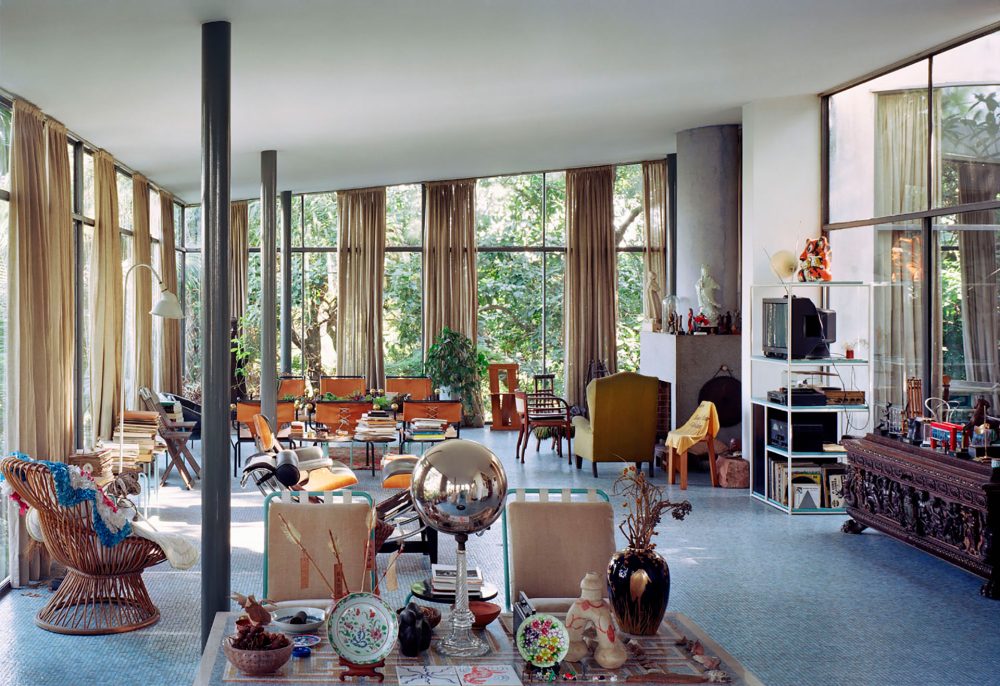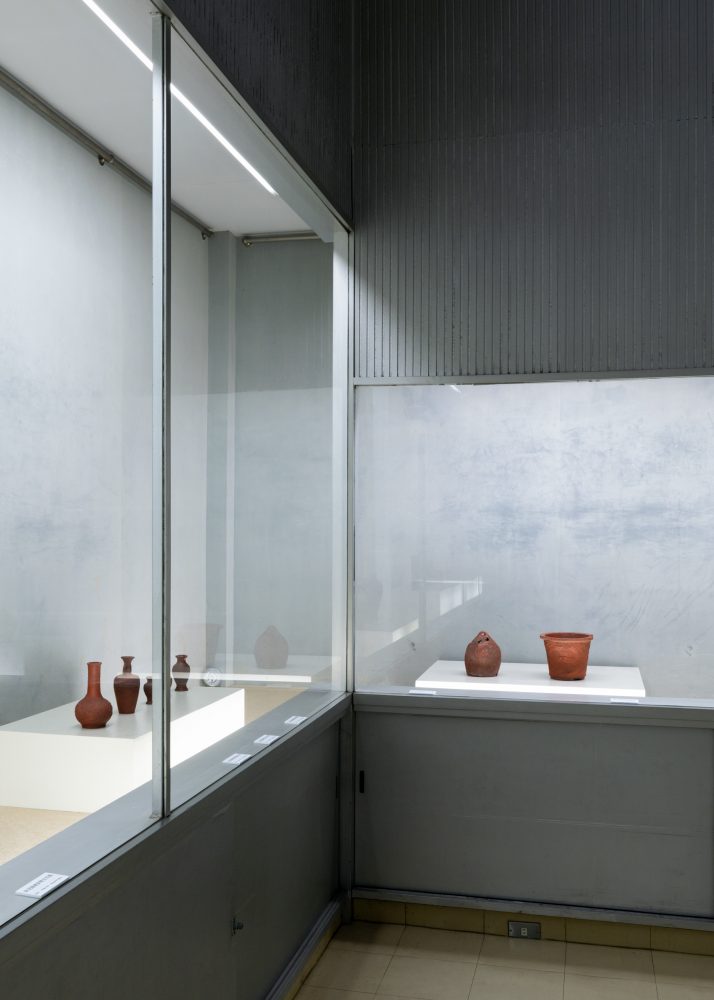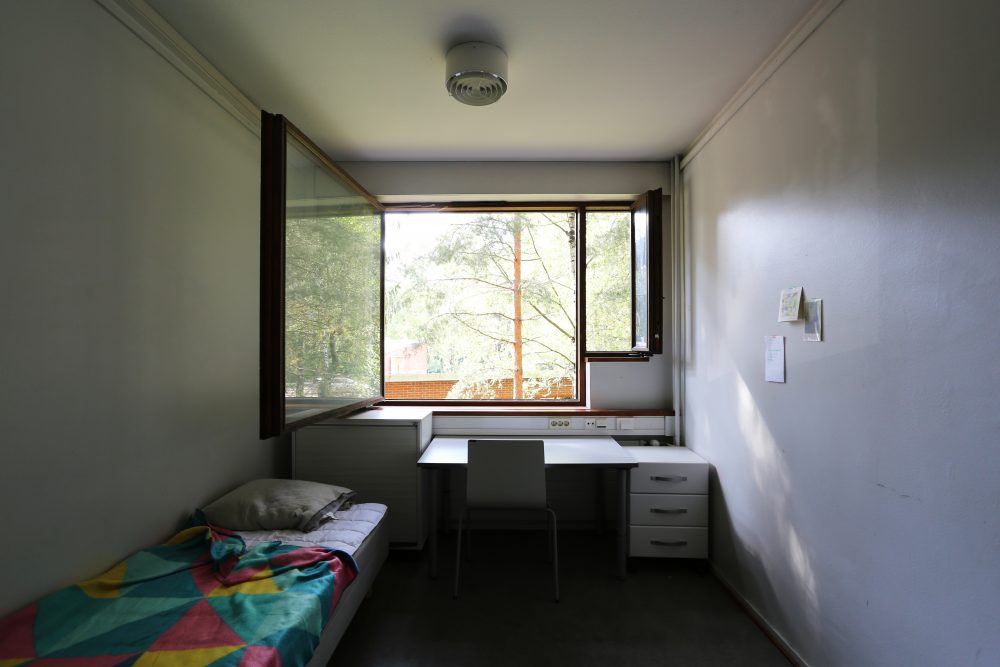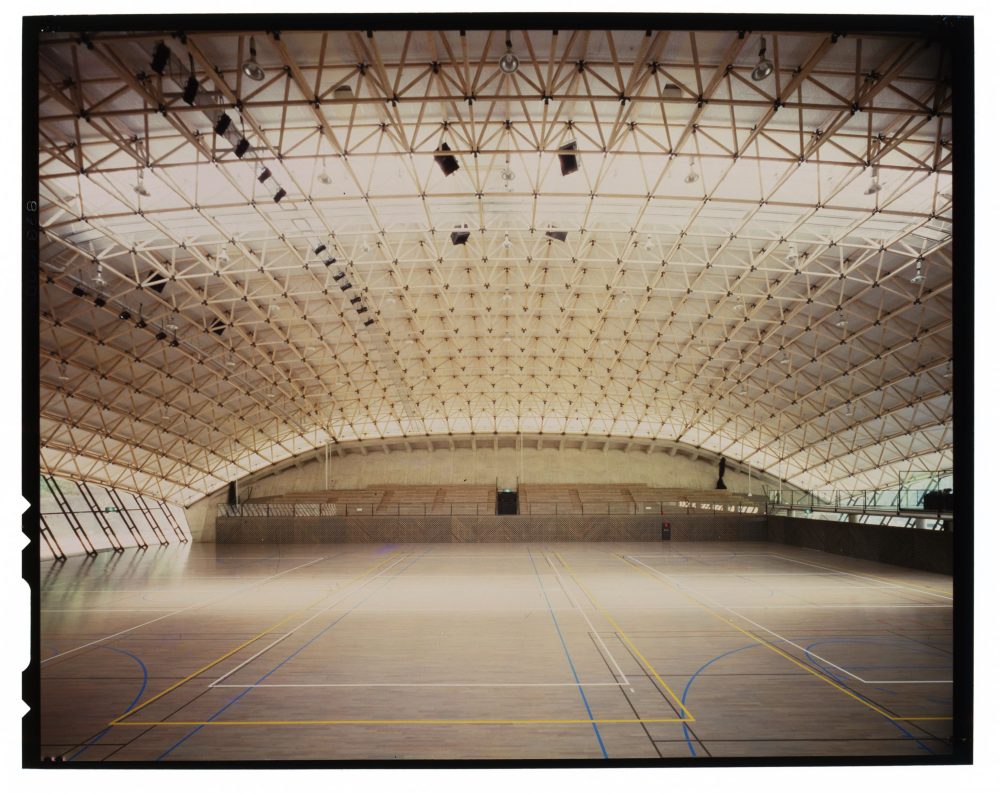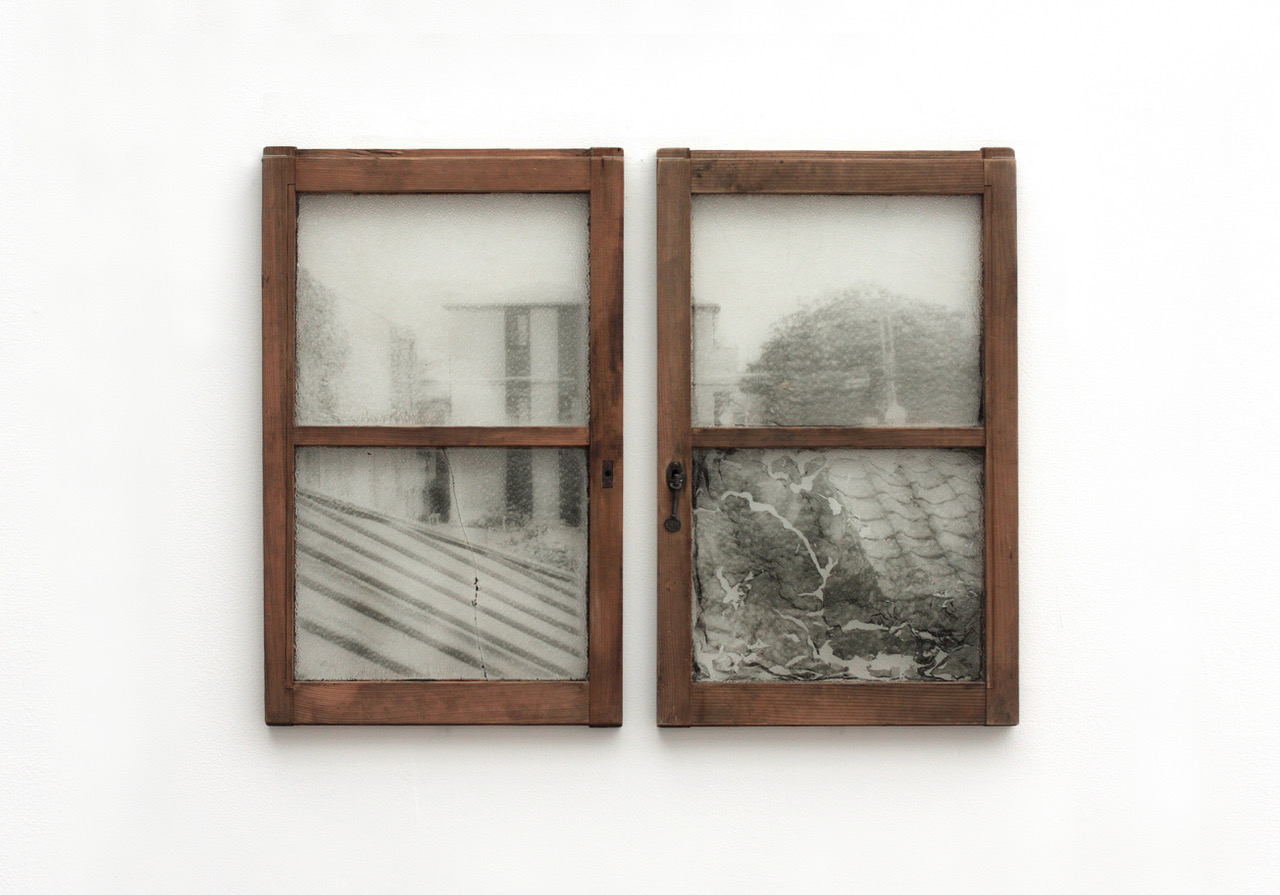
A window with a memory
22 Apr 2024
- Keywords
- Architecture
- Art
- Columns
I’ve enjoyed drawing pictures ever since I was little, and used to make paintings using my own hands and brushes to apply oil to canvas and panel surfaces. Although I’ve since transitioned to making work through photography, the process of reaching this point has involved some serious thought regarding windows.
It was Takuya Nakao who connected me with “Bridging Windows,” and it was in his text for this series that he mentioned how, ever since Alberti’s theory of painting, paintings have often been compared to open windows. Traditional Western paintings are normally made with a cloth canvas or wooden panel as a surface, and a medium such as oil or acrylic paints. This is a traditional and customary convention built up over time from the perspective of color’s expressive qualities and the preservation of the work. However, I began to feel uncomfortable with the fact that media such as this were not ones that I had chosen to suit the concept of the work I was making. While searching for an alternative medium, I learned about the existence of liquid photographic emulsion that could be applied to anything to make it like photo paper. (Actually, the emulsion’s applicability is limited to materials that can physically withstand the chemical process.) I sensed that this was what I needed to make my paintings, and felt an inevitability when choosing this medium, that it allowed me to create a close relationship between the surface of the work and the image I was creating.
So, what kind of visual expression is possible using everyday objects as surfaces and photographic emulsion to fix a photographic image? In the process of considering whether it would be possible to discover and make visible the memories that reside within the history of things, I arrived at a creative approach using windowpanes as surfaces and burning the landscape seen through the window onto the surface of the glass. Still, why a window? Oliver Wendell Holmes referred to daguerreotypes, the first widely available photograph where an image is fixed onto a silver-plated, mirror-like copper plate, as a “mirror with a memory.” But my work began with choosing a window as the surface for my work, not a mirror. In other words, I created a window with a memory.
Providing some context to my work begins with my decision to shift to the medium of photography due to an awareness of the issues surrounding painting. Just like paintings, photographs have been compared to windows since they were invented. Windowpanes, through which we can see a selected view of the outside world, and photographs, which affix a selected section of the outside world to metal, paper, glass plates, etc., have both greatly changed our visual awareness. As Naoya Hatakeyama, Kunie Sugiura, and Yutaka Kikutake have all mentioned in their respective “Bridging Windows” essays, John Szarkowski’s Mirrors and Windows: American Photography Since 1960 talks about how a window open to the outside world is a metaphor for photography. Furthermore, numerous photographers have used windows as a subject to capture a variety of landscapes seen on the other side. Beyond these examples, the similarities between photographs and windows can also be found in their physical structures. The camera obscura, a mechanism developed from the phenomenon of an image being projected through a small hole, means “dark room” in Latin. From this, it can be said that the hole that pierces a pinhole camera (=room), and the window that pierces the room (=camera) have the same meaning. There is clearly an inseparable relationship between windows and photographs.
-

Nozomi Suzuki, Window’s Memory: Windows from the East Side of the Second Floor of the Sekii Residence (2012)
removed window, photographic emulsion, 620x790x30mm
Other Days, Other Eyes: Windows from the East Side of the Second Floor of the Sekii Residence was made using a set of window panes that I happened to find stored under the kitchen floor of an old house I used as a studio and gallery space in Urawa, Saitama where I used to live. When I investigated where these obsolete wooden window frames used to be placed, I deduced that they were most likely installed on the second floor based on the size of the small aluminum frame window that was there. Most likely they were replaced because part of the glass in the wood-framed window was cracked. I photographed the landscape visible through that specific window with 35mm monochrome film, then enlarged it to actual size and fixed the image directly onto the discarded windowpanes coated with photographic emulsion. This is the first piece I made where I used windowpanes as a surface and established the landscape seen through the window as the referent.
In Camera Lucida: Reflections on Photography, Roland Barthes uses a windowpane and the landscape seen through it as a metaphor for the inseparable duality of a specific photograph and its referent (what is depicted therein). He writes, “The Photograph belongs to that class of laminated objects whose two leaves cannot be separated without destroying them both: the windowpane and the landscape, and why not: Good and Evil, desire and its object: dualities we can conceive but not perceive.” The reason for this is that “Whatever it grants to vision and whatever its manner, a photograph is always invisible: It is not it that we see. In short, the referent adheres. And this singular adherence makes it very difficult to focus on Photography.” This quote is simply a conception of the cohesiveness of photography expressed through the metaphor of a windowpane and a landscape, but by photographing the referent landscape on the other side of the window, and burning that image directly onto the windowpane itself as I did in Other Days, Other Eyes: Windows from the East Side of the Second Floor of the Sekii Residence, this work may be thought of as an attempt to give Barthe’s metaphor a tangible form.
The composition of the landscape fixed to the windowpane is one that was predetermined by the window frame when it was in its original location, and transcends my arbitrary judgement and actions as a photographer. From this perspective, the work is an everyday scene captured through the window. It is a landscape that humans see from inside the room, and at the same time it can be thought of as the window’s gaze, capturing the landscape that the window itself was facing. This window series is my life’s work, a visual approach that I have continued as I create pieces that capture the local landscapes visible through windows in various places throughout Japan, as well as through windows in people’s homes in Korea, and the UK.
Other Days, Other Eyes: Windows from the East Side of the Second Floor of the Kakinoki Apartment is a piece I made between 2016 and 2017 at Kakinokisou, a wooden apartment building in Kagurazaka, Tokyo. Due to renovations, some of the windows in this building were replaced with aluminum-framed ones, so I fixed photographs to two sets of the discarded wood-frame windowpanes from the second floor. Among the windows that were removed, I found what I thought to be a matching a set based on the color and weathering of the wood, and photographed the landscape visible from the north-facing and east-facing windows in room 201, a corner room where I thought those windows were once installed. Then, I enlarged the image to its actual size and fixed it to the surface of the glass.
-
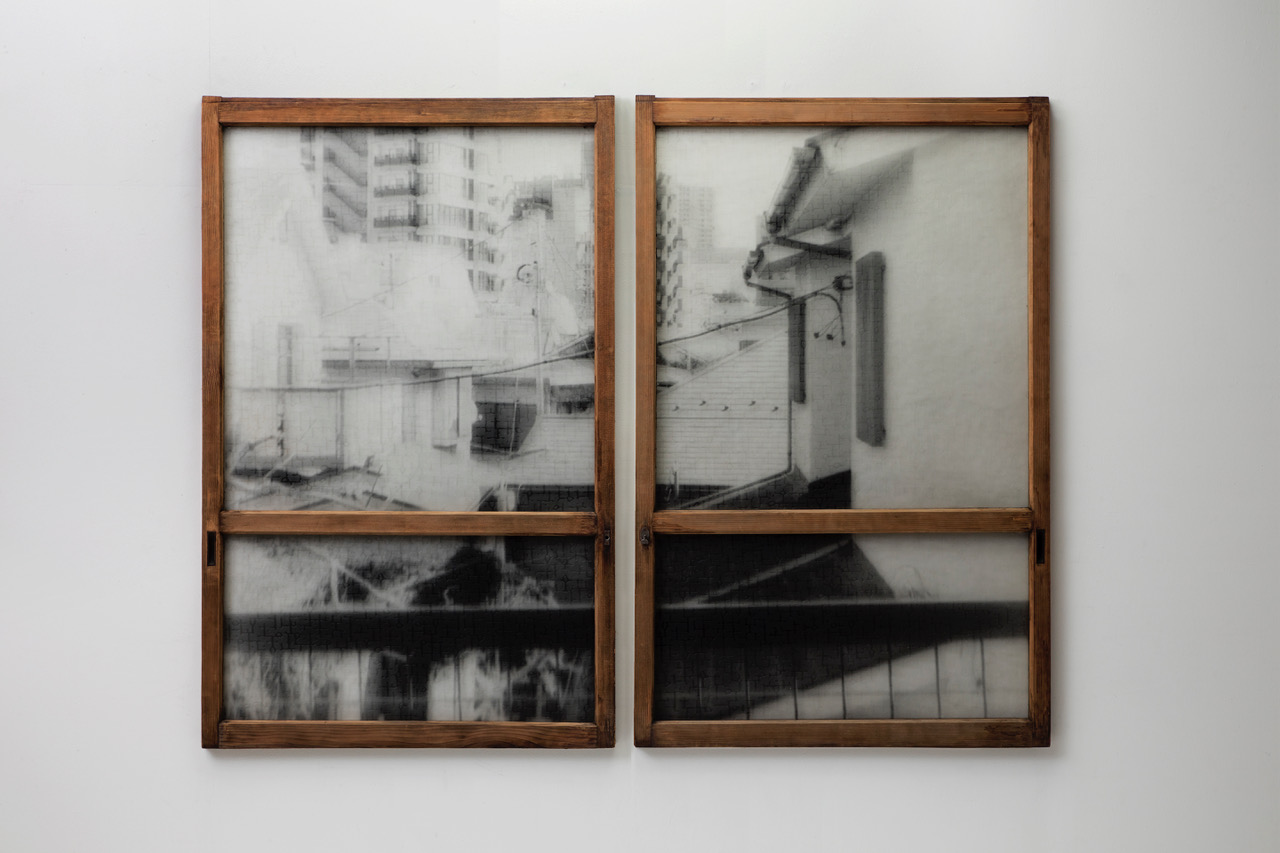
Nozomi Suzuki, Other Days, Other Eyes: Windows from the East Side of the Second Floor of the Kakinoki Apartment (2017)
dismantled house windows, photographic emulsion, 1740x2760x30mm, Tokyo Photographic Art Museum collection
Photograph by Shinya Kigure
5 years later, in 2022, I revisited Kakinokisou to make a new set of 3 window pieces for the Medium and Dimension: Liminal exhibition curated by Takuya Nakao. The old Kakinokisou had a total of 12 rooms with a similar layout on the first and second floors, each one the size of 4.5 tatami mats with a sliding, waist-high window. I photographed the garden visible through the windows in rooms 101 and 102, and then fixed those images onto the windows that were actually installed in those rooms prior to the renovation work. Kakinokisou still had some second-floor windowpanes in storage that had been removed during renovation work in the past, so I used one set of windows to recreate the east facing view from room 201 as I had done in 2016. Rather than burn a daytime image like I had in the past, I instead decided to photograph and fix a nightscape.
The original Showa-era glass that was installed in the wooden window frames at Kakinokisou was patterned in a Sarasa style. Part of this glass was cracked, and replaced with different panes that used Tokiwa or Kasuri patterns. The activities of the landlord and the former tenants can be seen in the traces left on the windowpane fittings at Kakinokisou, in use for many years since the building’s construction in 1966. Since all of the sliding windows at Kakinokisou are the same size, it’s possible to replace and rearrange them. For this reason, it was possible to create a piece which fixed the daytime and nighttime landscapes visible from the same place onto windows that may have actually been installed in those places. There are likely multiple memories embedded in the windowpanes at Kakinokisou, memories which have been overlapped and combined.
At this point I would like to revisit Hatakeyama’s Slow Glass series from his first article of “Bridging Windows.” As is mentioned in Kikutake’s text, the “slow glass” invention that appears in Bob Shaw’s sci-fi novel Other Days, Other Eyes is a substance that slows the light passing through it, delaying the projection of the light that was once behind the glass. I learned about slow glass by reading Chihiro Minato’s Image Theory when I was a student, and became engrossed in Bob Shaw’s novel. In particular, I found similarities between the slow glass windows that first appeared in the short story “Light of Other Days” and my own windowpane artwork. I have used the series name Other Days, Other Eyes for all of the work I have made since 2015. The delay in delivering the light of the past to the viewer is an inherent part of photography. Reflecting on my artistic journey in this way, as I explored different media, from painting to windows, from windows to photography, it is perhaps inevitable that I would create not a mirror with a memory, but a window with a memory instead.
Nozomi Suzuki
Nozomi Suzuki was born in 1983 in Saitama, Japan. In 2007 she graduated with a BFA in painting from the Department of Fine Arts at Tokyo Zokei University, and in 2022 completed the doctoral program at the Graduate School of Fine Arts at Tokyo University of the Arts. In addition, she received a grant to study in England in 2018 through the Pola Art Foundation. Major exhibitions include Words of Light (Morooka Seisakujo, Saitama, 2023), Latent Scenery (Arts Maebashi, Gunma, 2022), Photographs of Innocence and Experience: Contemporary Japanese Photography vol. 14 (Tokyo Photographic Art Museum, Tokyo, 2017), Mirrors and Windows (Omotesando-garo, Tokyo, 2017), and New Vision Saitama 5: The Emerging Body (Museum of Modern Art, Saitama, 2016). In 2016 she received the Incentive Award for her work in Vision of Contemporary Art 2016 at Ueno Royal Museum in Tokyo. LIGHT OF OTHER DAYS, A selection of her artwork, was published by rin art association in 2022. Her works are collected by Tokyo Photographic Art Museum and Arts Maebashi.
